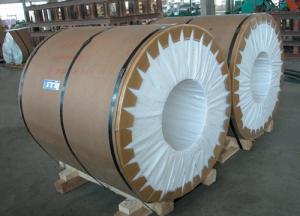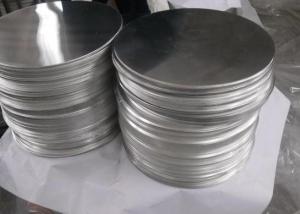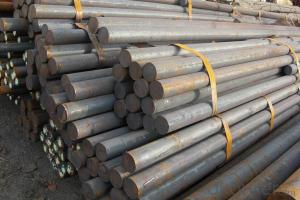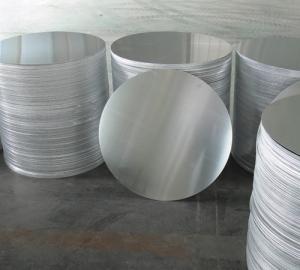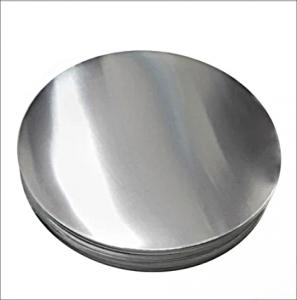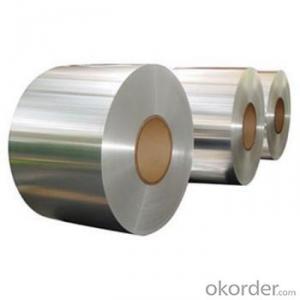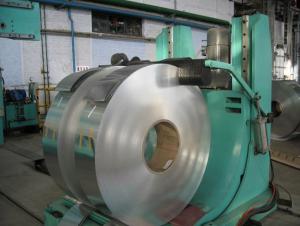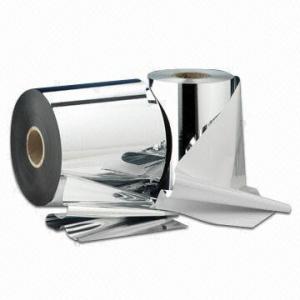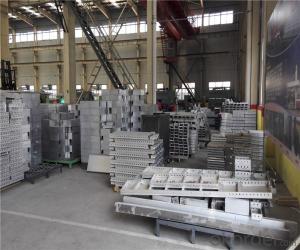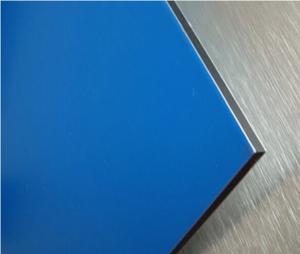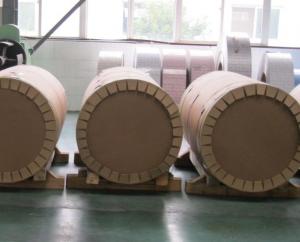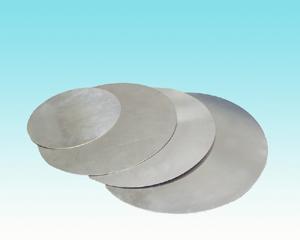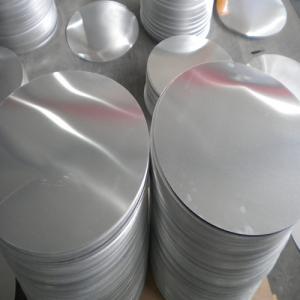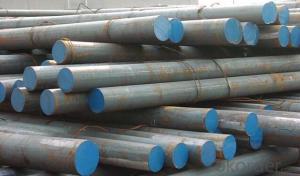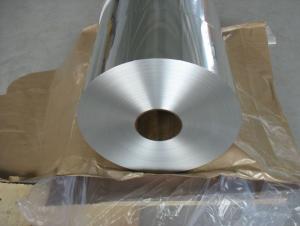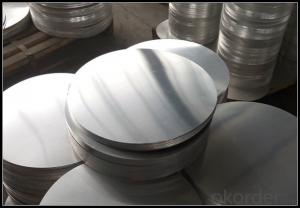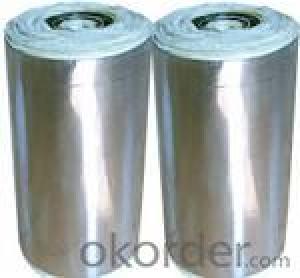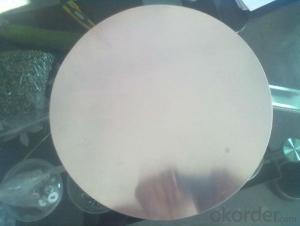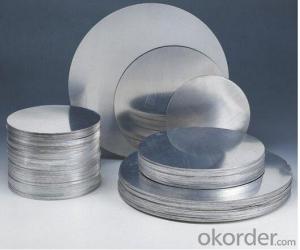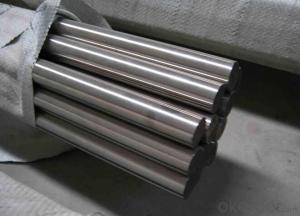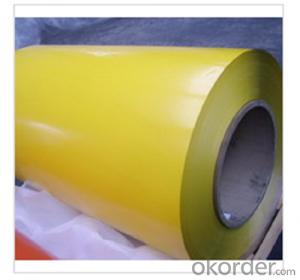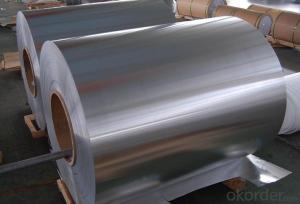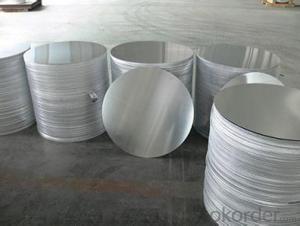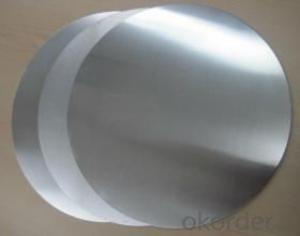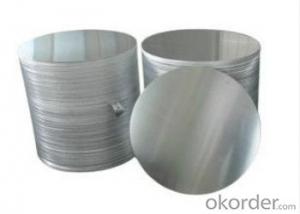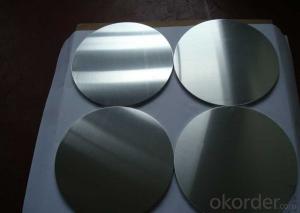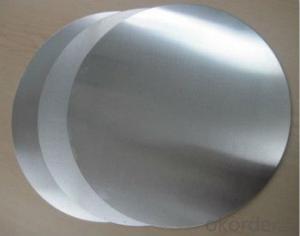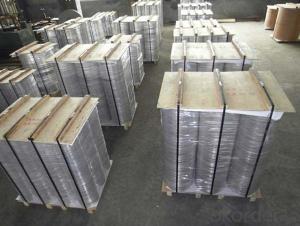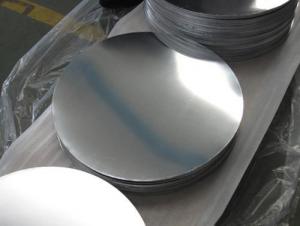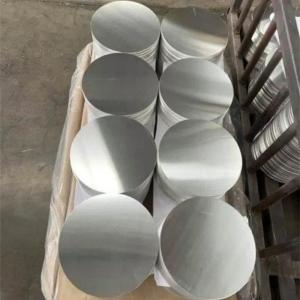1 1 4 Aluminum Round Stock
1 1 4 Aluminum Round Stock Related Searches
1 4 Aluminum Round Stock 1 1 2 Aluminum Round Stock 1 Aluminum Round Stock 1 1/4 Aluminum Round Stock 1 2 Aluminum Round Stock 4 Aluminum Round Stock 1 Inch Aluminum Round Stock 4 Inch Aluminum Round Stock 3/4 Aluminum Round Stock 1 1/2 Aluminum Round Stock 2 Aluminum Round Stock 1.5 Aluminum Round Stock 3 Aluminum Round Stock 5 Aluminum Round Stock Round Aluminum Stock Solid Aluminum Round Stock 6 Aluminum Round Stock Casting Aluminum Round Stock Aluminum Round Stock For Sale 1 4 Aluminum Bar Stock Aluminum Round Stock 3 Aluminum Bar Stock Round Round Stock Aluminum 1 Aluminum Stock 3 8 Aluminum Round Stock 1 4 Aluminum Flat Stock 1 4 X 1 4 Aluminum Bar Stock Aluminum Round Stock Sizes 1 Inch Square Aluminum Stock 1 Inch Aluminum Square Stock1 1 4 Aluminum Round Stock Supplier & Manufacturer from China
1 1 4 Aluminum Round Stock is a versatile and widely-used product, known for its excellent strength-to-weight ratio and corrosion resistance. This type of aluminum stock is available in various grades, such as 6061, 2024, and 7075, each offering distinct properties and applications.The 1 1 4 Aluminum Round Stock is commonly utilized in industries such as aerospace, automotive, and construction due to its lightweight and durable nature. It is particularly popular for applications requiring high strength and rigidity, such as in the manufacturing of aircraft components, automotive parts, and structural frameworks. Additionally, it is used in various engineering projects and DIY projects where lightweight and strong materials are needed.
Okorder.com is a reputable wholesale supplier of 1 1 4 Aluminum Round Stock, boasting a large inventory of this product in different grades and sizes. Their extensive range ensures that customers can find the specific aluminum round stock that suits their project requirements. With competitive prices and reliable service, Okorder.com is a go-to source for those in need of high-quality aluminum round stock.
Hot Products
